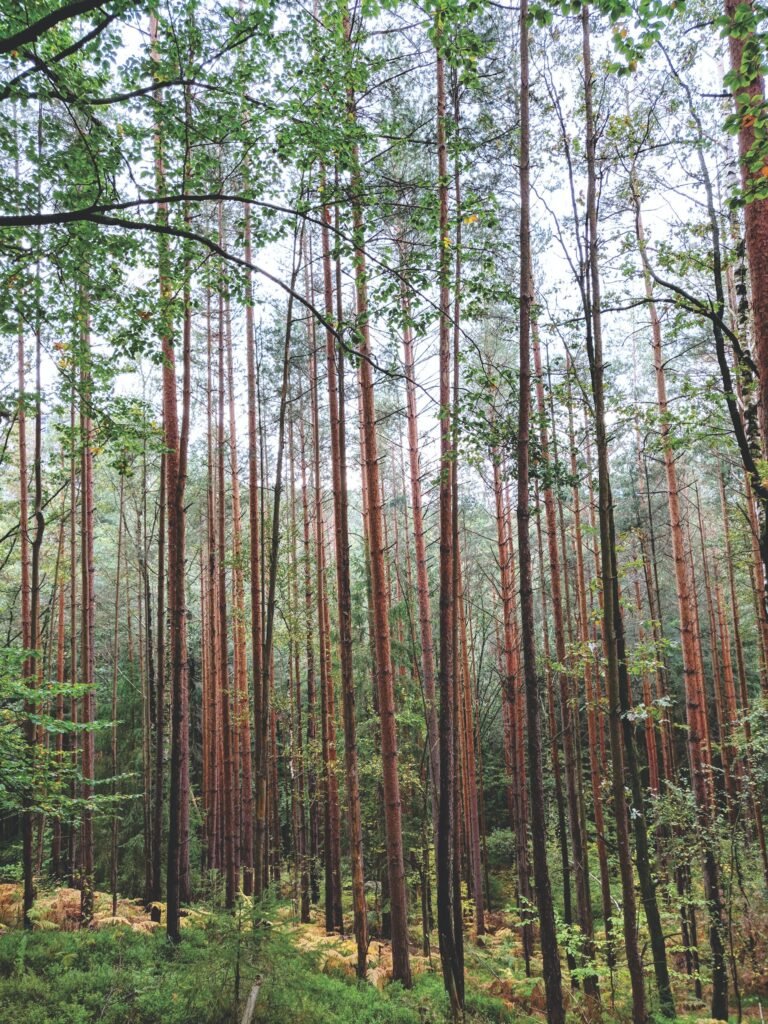Surviving the Wet Season: Tree Care Tips for Arborists in Darwin
Darwin, with its tropical climate and unique ecosystem, experiences a distinctly wet season that poses challenges for both residents and the environment. For arborists working in this region, the wet season brings specific considerations and tasks to ensure the health and longevity of the urban tree canopy. In this guide, we’ll explore key tree care tips tailored to help arborists navigate and thrive during Darwin’s wet season.

Understanding Darwin’s Wet Season
Darwin’s wet season, an annual meteorological spectacle, unfolds from November to April, ushering in a dynamic climatic tapestry painted with the brushstrokes of abundant rainfall, heightened humidity levels, and intermittent episodes of tropical cyclones. These environmental conditions can exert a substantial influence on trees, underscoring the imperative for arborists to tailor their care practices in response to these challenges.
Preventive Pruning
One crucial aspect of wet season tree care is preventive pruning. Arborists should conduct thorough inspections before the wet season begins, identifying and addressing any weak or overextended branches. This proactive approach helps prevent potential hazards during storms, reducing the risk of branch breakage and overall tree damage.
Adequate Drainage
Excessive rainfall during the wet season can lead to waterlogged soil, affecting root health. Arborists should meticulously verify that trees are planted in soil with excellent drainage capabilities, and concurrently, they should ascertain that the surrounding infrastructure, including drainage systems, is operating at peak efficiency. In cases where waterlogging is a concern, implementing strategic drainage solutions can mitigate potential root rot and other water-related issues.
Mulching Matters
Applying a layer of mulch around the base of trees serves multiple purposes during the wet season. Mulch serves as a multifaceted ally, adept at preserving soil moisture, quelling the proliferation of weeds, and maintaining a consistent soil temperature. For arborists in Darwin, selecting a mulch that balances moisture retention and drainage is crucial to support tree health in varying weather conditions.
Disease Monitoring and Prevention
The wet season creates favorable conditions for the proliferation of tree diseases, including fungal infections. Arborists should maintain a vigilant watch over trees, scrutinizing for potential indicators of disease, including telltale signs such as wilting, discoloration, or any anomalous growths. Deploying proactive measures, including judicious fungicide applications and the adept utilization of proper pruning techniques, stands as a formidable strategy in diminishing the potential spread of diseases within the tree population.
Storm Preparation
Darwin is well-acquainted with the arrival of tropical storms and cyclones, particularly during the wet season. Arborists must be proactive in preparing trees for potential severe weather events. This includes securing loose branches, inspecting trees for signs of instability, and, when necessary, employing support systems like braces and cables to reinforce weak limbs. Regular tree risk assessments become even more critical during the wet season to identify and address potential hazards before they escalate.
Promoting Air Circulation
Elevated humidity levels throughout the wet season can foster an environment conducive to the proliferation of fungi and other pathogens. Arborists should aim to promote air circulation within the tree canopy by selectively thinning branches. This practice not only mitigates the risk of fungal infections but also facilitates improved air circulation through the canopy, reducing vulnerability to potential wind damage.
Regular Inspections
The wet season’s dynamic conditions necessitate more frequent tree inspections. Arborists should establish a regular inspection schedule to promptly identify and address emerging issues. Regular assessments allow for early intervention, helping to maintain the overall health and structural integrity of the urban tree population.
Surviving the wet season as an arborist in Darwin requires a combination of proactive planning, preventive measures, and responsive care. By understanding the unique challenges posed by heavy rainfall, humidity, and tropical storms, arborists can carry out targeted strategies for the well-being of the city’s trees. Through preventive pruning, drainage management, disease monitoring, storm preparation, and regular inspections, arborists play a crucial role in safeguarding Darwin’s urban canopy, contributing to the resilience and sustainability of the region’s arboreal wonders.


